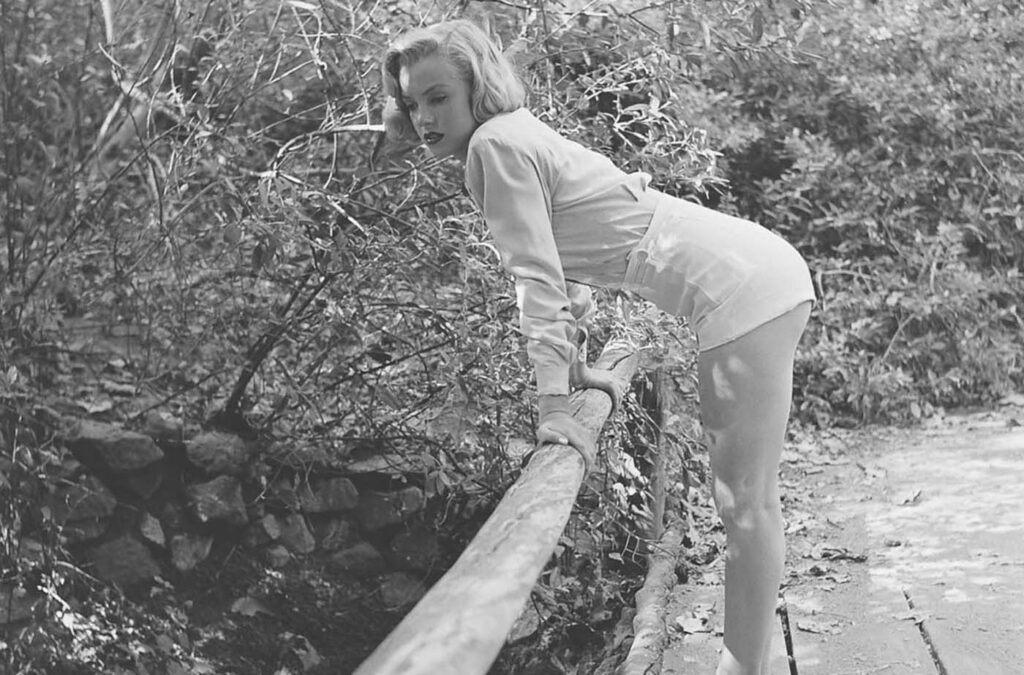
Life Magazine photographer Ed Clark took these pictures in 1950 after receiving a call from a friend at 20th Century Fox on a “hot tomato” the studio had lately signed.
His images of Marilyn provide an unusual window into the early years of the career of an ultimate pop-culture icon when a young actress had no idea what the next years would bring.
“She was almost unknown then, so I was able to spend a lot of time shooting her,” Clark said in a 1999 interview about the picture session.
“We would visit Griffith Park [in Los Angeles] and she would read poems. Several rolls I sent to LIFE in New York wired back, “Who the hell is Marilyn Monroe?”
Originally signed with Fox in August 1946, the young actress was dismissed following the end of her second six-month contract.
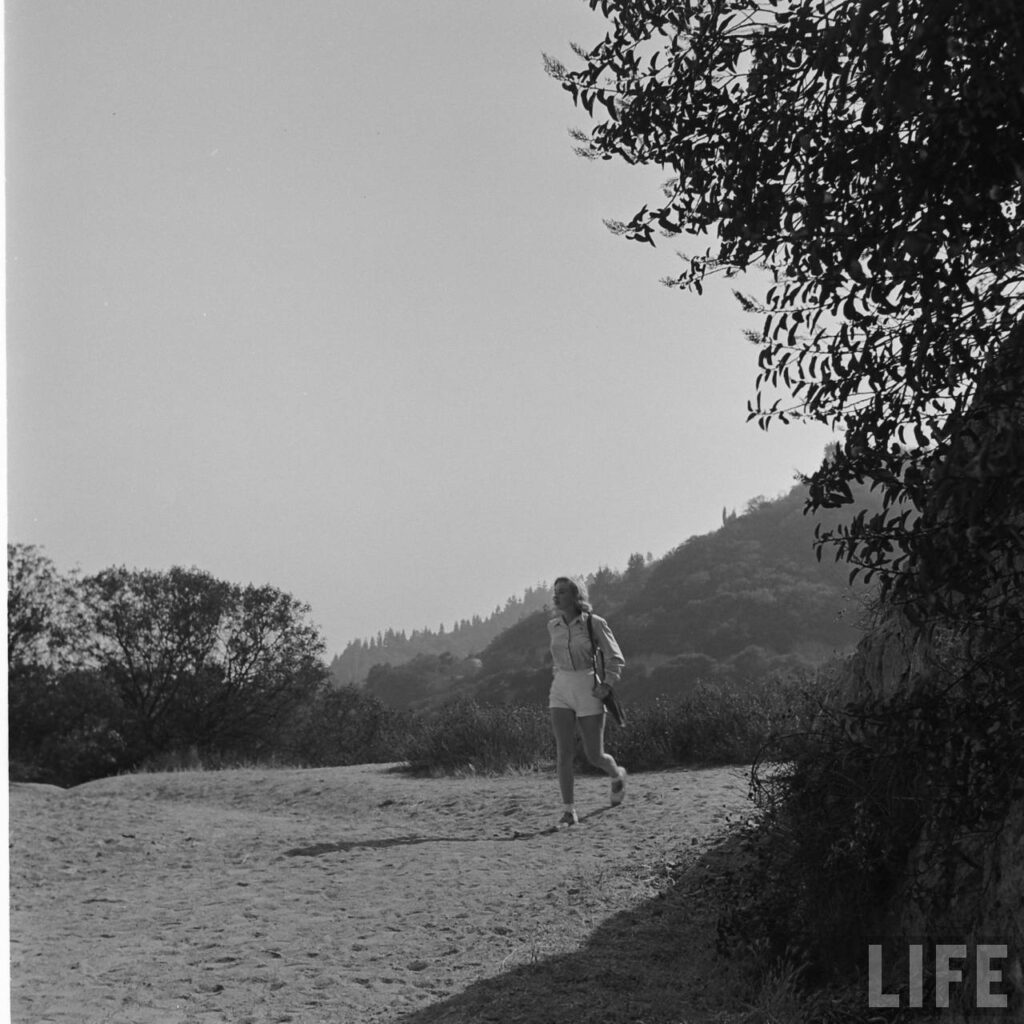
Monroe went back to modelling when her contract with Columbia expired. She made a commercial for Pabst beer and posed in artistic nudes by Tom Kelley for John Baumgarth calendars (using the name “Mona Monroe”).
Monroe felt at ease with nudity and had earlier posed topless or in a bikini for other performers including Earl Moran. Not long after leaving Columbia, she also met and befriended Johnny Hyde, the vice president of the William Morris Agency.
By means of Hyde, Monroe earned minor roles in a number of films, notably two critically praised pieces: John Huston’s film noir The Asphalt Jungle (1950) and Joseph Mankiewicz’s drama All About Eve (1950).
Though she only spent a few minutes on screens in the later, author Donald Spoto says “moved effectively from movie model to serious actress.”
Hyde worked out a seven-year contract for Monroe with 20th Century-Fox in December 1950. Its terms let Fox choose not to extend the contract after every year. Only days later, Hyde passed suddenly from a heart attack, leaving Monroe heartbroken.

Three somewhat popular Fox comedies had Monroe supporting appearances in 1951: Let’s Make It Legal, Love Nest, and As Young as You Feel.
Spoto all three films featured “essentially [as] a sexy ornament,” but she got some praise from critics: Bosley Crowther of The New York Times called her “superb” in As Young As You Feel and Ezra Goodman of the Los Angeles Daily News called her “one of the brightest up-and-coming [actresses],” for Love Nest.
Reflecting the tastes of troops in the Korean War, her popularity with audiences was also rising; she got several thousand fan letters a week and was named “Miss Cheesecake of 1951” by the army publication Stars and Stripes. The Hollywood Foreign Press Association dubbed Monroe the “best young box office personality” in February 1952.
In her personal life, Monroe had a brief romance with director Elia Kazan and also dated actors Yul Brynner and Peter Lawford among several other men.
She started a well-publicized romance with former New York Yankees baseball great Joe DiMaggio, one of the most well-known sports figures of the day, early in 1952.
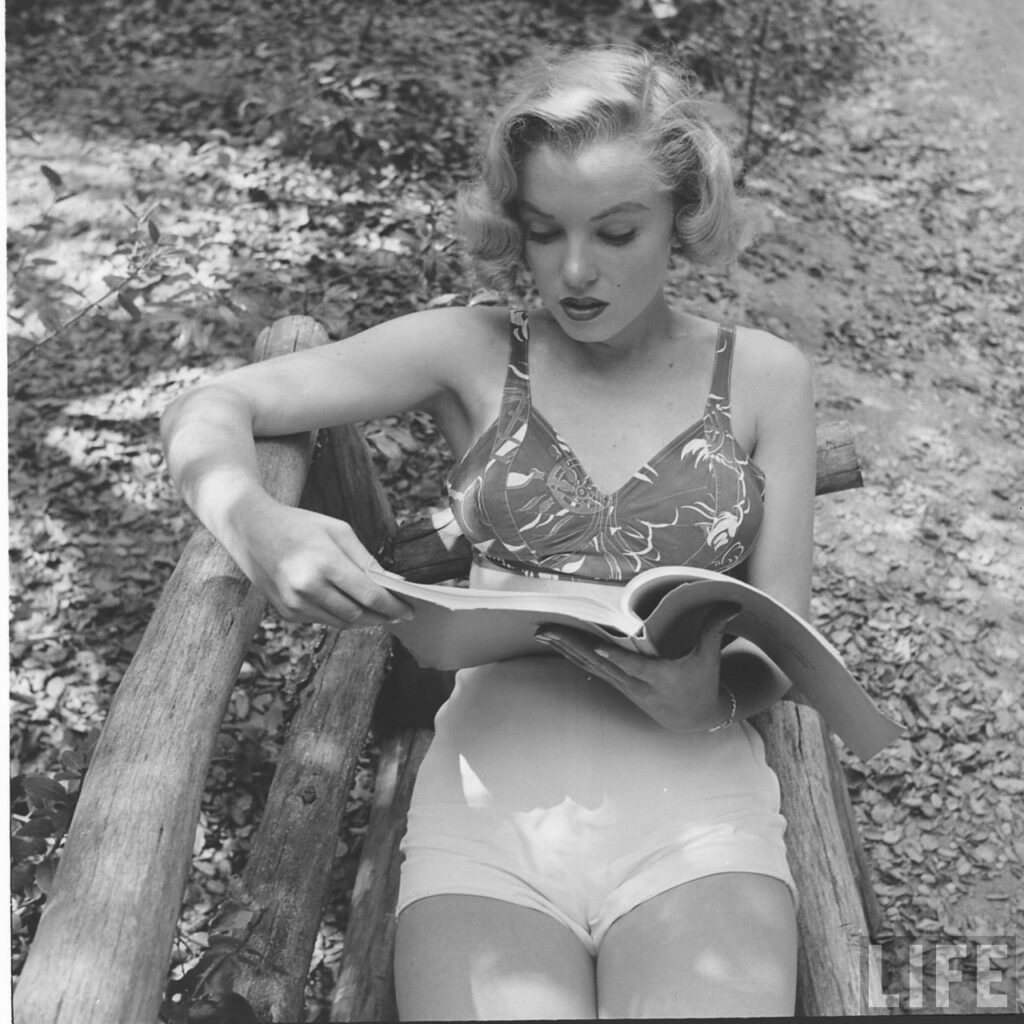
When Monroe came out publicly in March 1952 saying she had posed for a nude calendar in 1949, she became the centre of a controversy.
Together with Monroe, the studio had learnt about the pictures and that she was publicly claimed to be the model several weeks prior; hence, it was advisable for them to be honest while underlining that she had been broke at the time in order to save her career.
For her films, which she was now given top-billing for, the approach attracted audience sympathy and raised interest in them. She
Monroe was on the cover of Life as the “Talk of Hollywood” following the incident, and gossip columnist Hedda Hopper stated she was the “cheesecake queen,” turned “box office smash.”
Released shortly to capitalize on popular attention, three of Monroe’s films—Clash by Night, Don’t Bother to Knock and We’re Not Married—were Monroe wanted to highlight more of her acting range even if she was increasingly famous as a sex symbol.
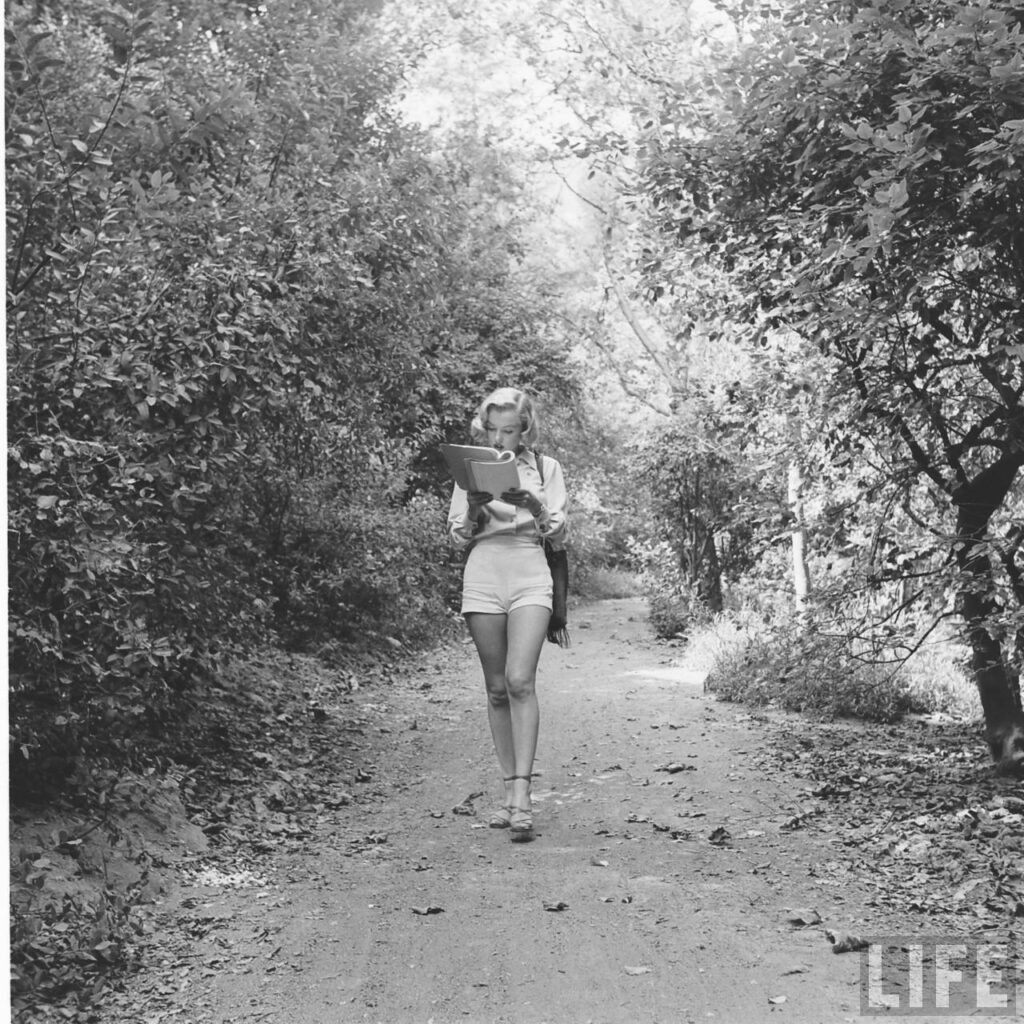
Soon after starting the Fox contract, she had started attending acting lessons with Michael Chekhov and mime Lotte Goslar. Clan by Night and Don’t Bother showcased her in new roles.
In the former, directed by Fritz Lang and starring Barbara Stanwyck, she portrayed a fish cannery worker; to prepare, she spent time in Monterey.
Her performance was well-received; The Hollywood Reporter said she “deserves starring status with her excellent interpretation,” and Variety noted she “has an ease of delivery which makes her a cinch for popularity.”
The latter was a thriller in which Monroe played a mentally troubled babysitter under Zanuck’s testing of her skills in a heavier dramatic part. Critics gave it conflicting opinions; Crowther judged her too inexperienced for the challenging part, while Variety blamed the writing for the film’s difficulties.
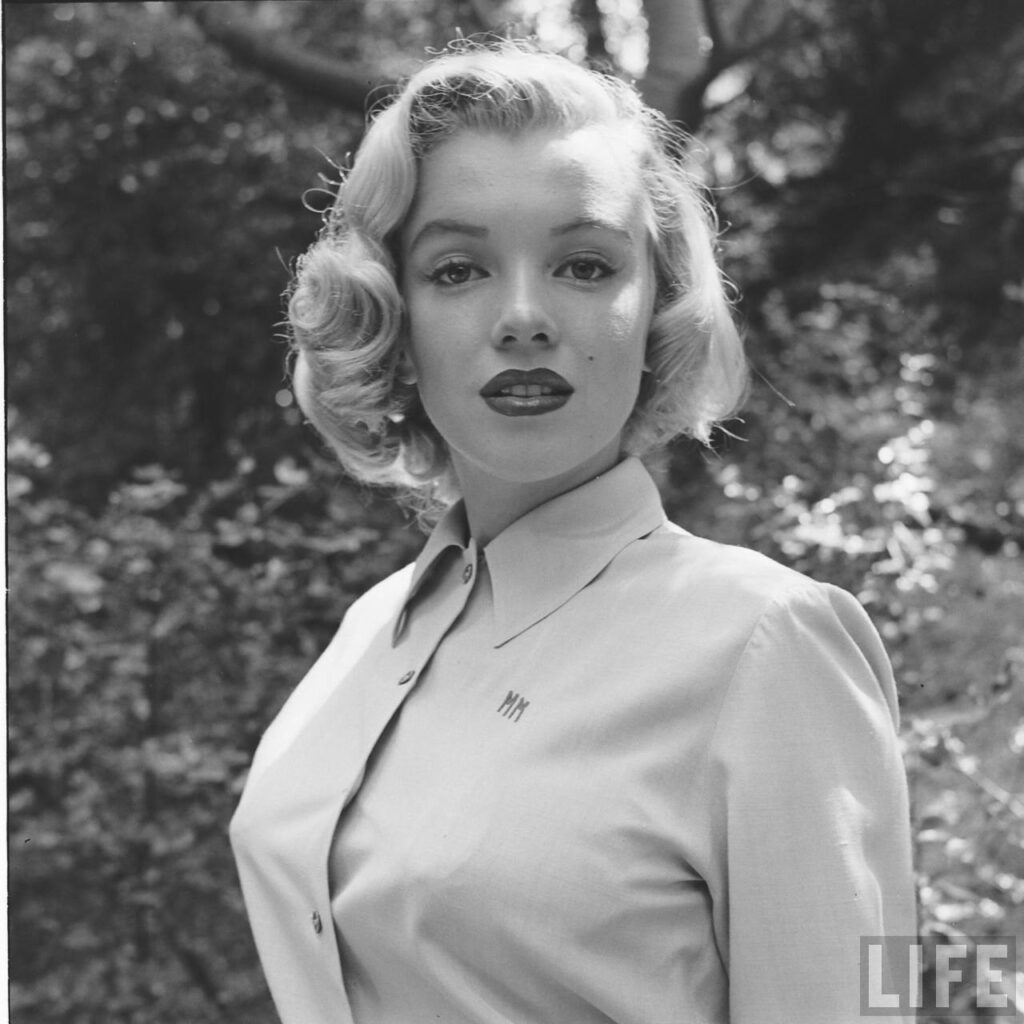
Monroe developed a reputation for being challenging to deal with during this time, which would grow worse as her career developed. She would require multiple re-takes before she was happy with her performance; she was often late or absent entirely; she would forget her lines.
Her reliance on Natasha Lytess and eventually Paula Strasberg—acting coaches—also infuriated directors. Perfectism, poor self-esteem, and stage anxiety have been blamed for Monroe’s difficulties.
She hated her lack of control on movie sets and never had such issues during photo sessions, when she could be more natural instead of following a script.
She started using barbiturates, amphetamines, and alcohol to help with her anxiety and persistent insomnia; these drugs also aggravated her difficulties, even though she did not develop extreme addiction until 1956.
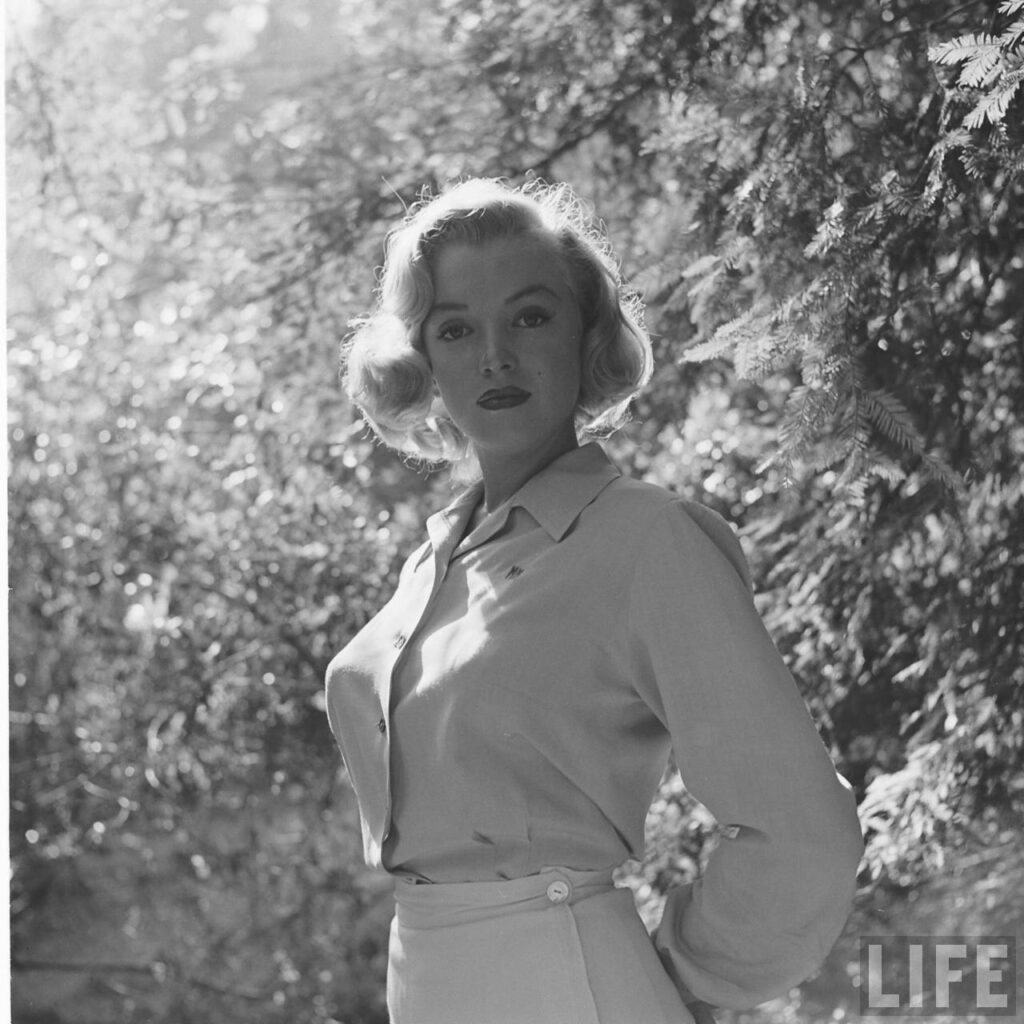
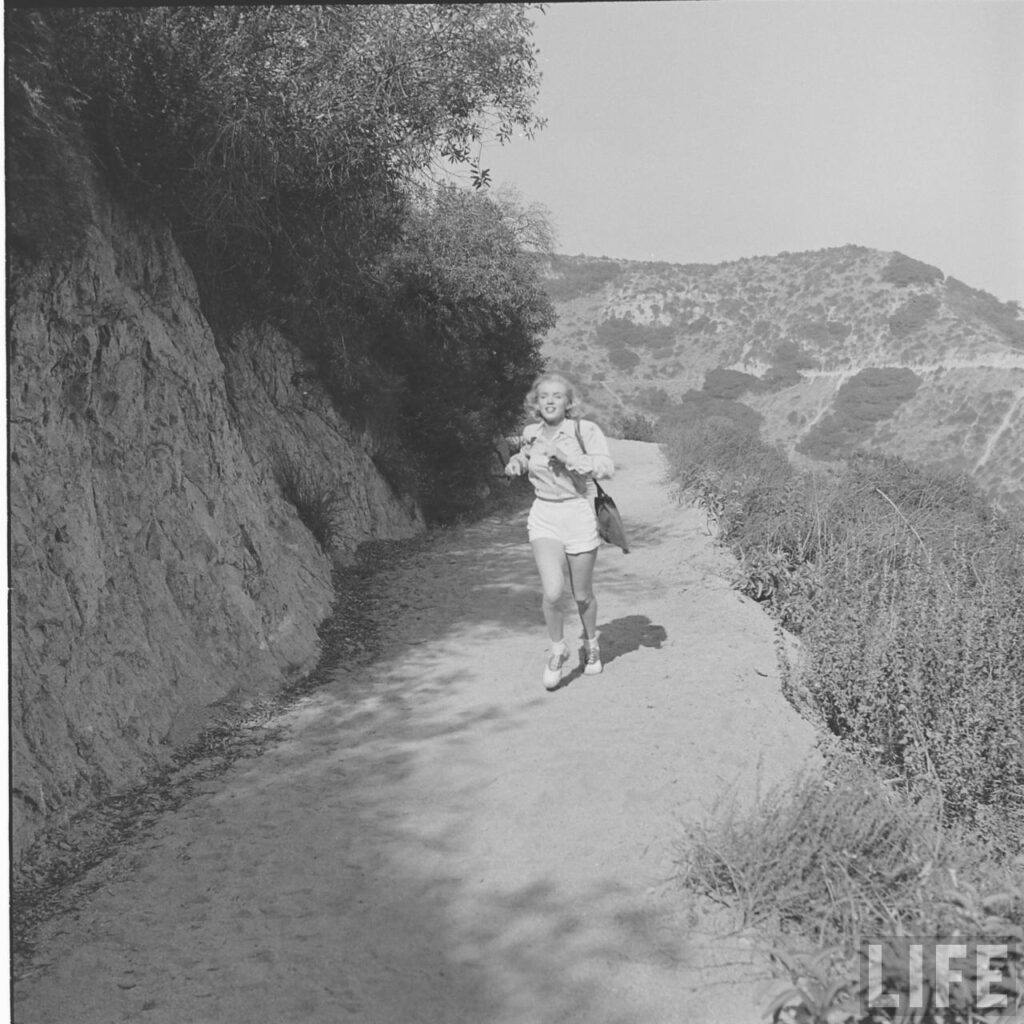
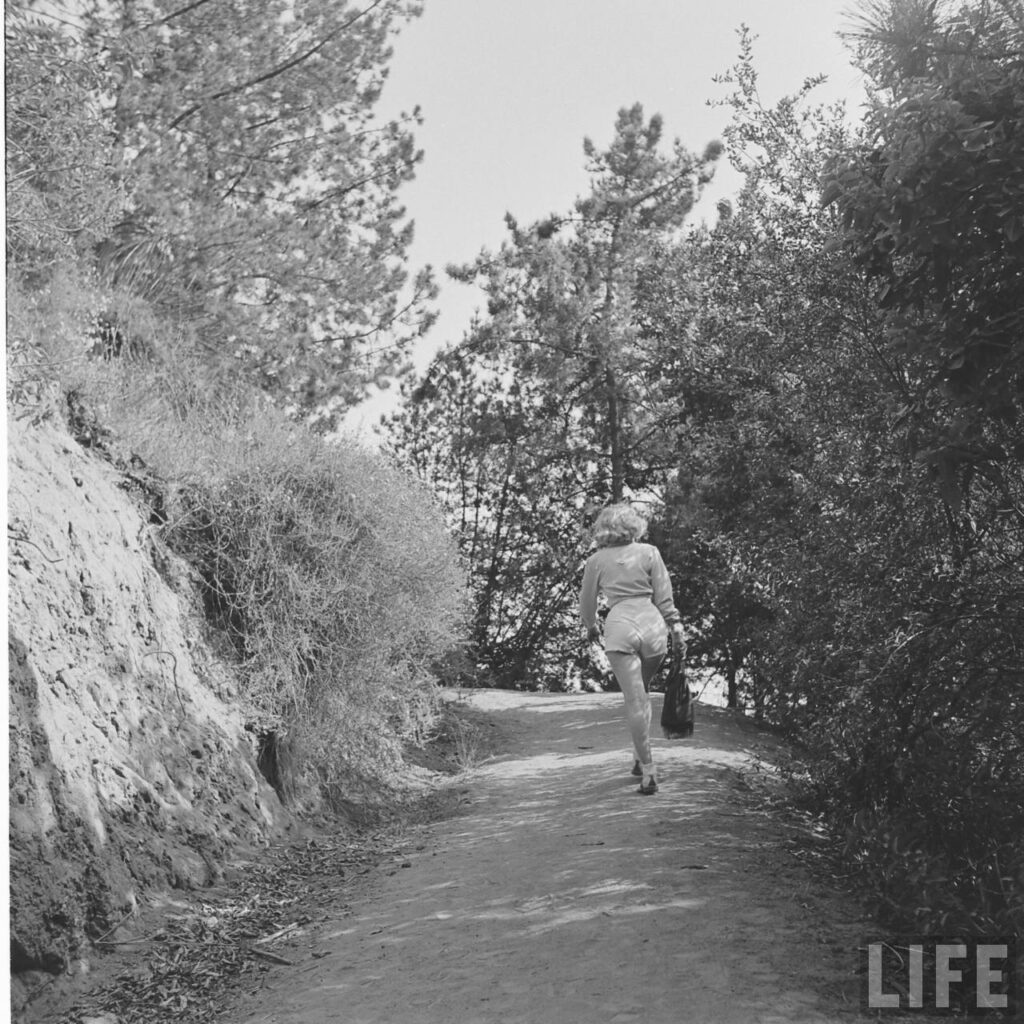
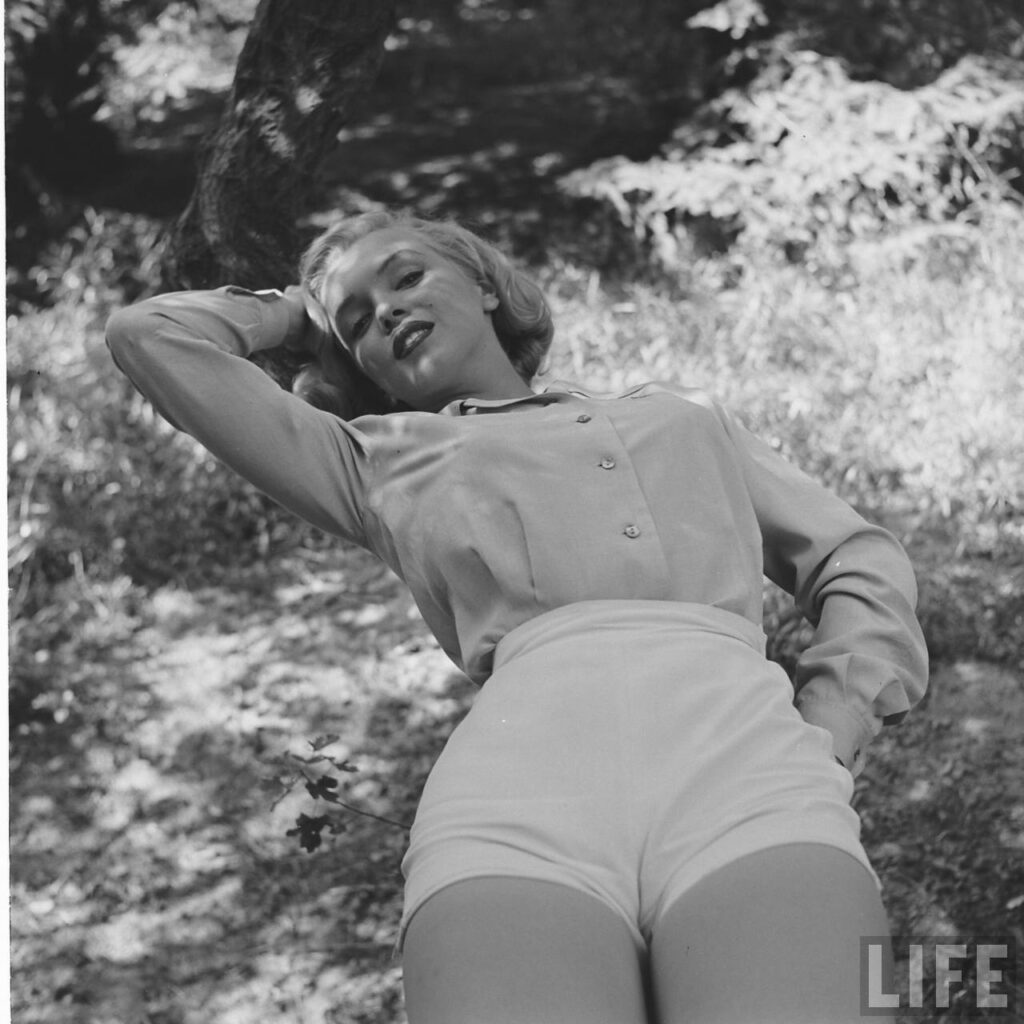
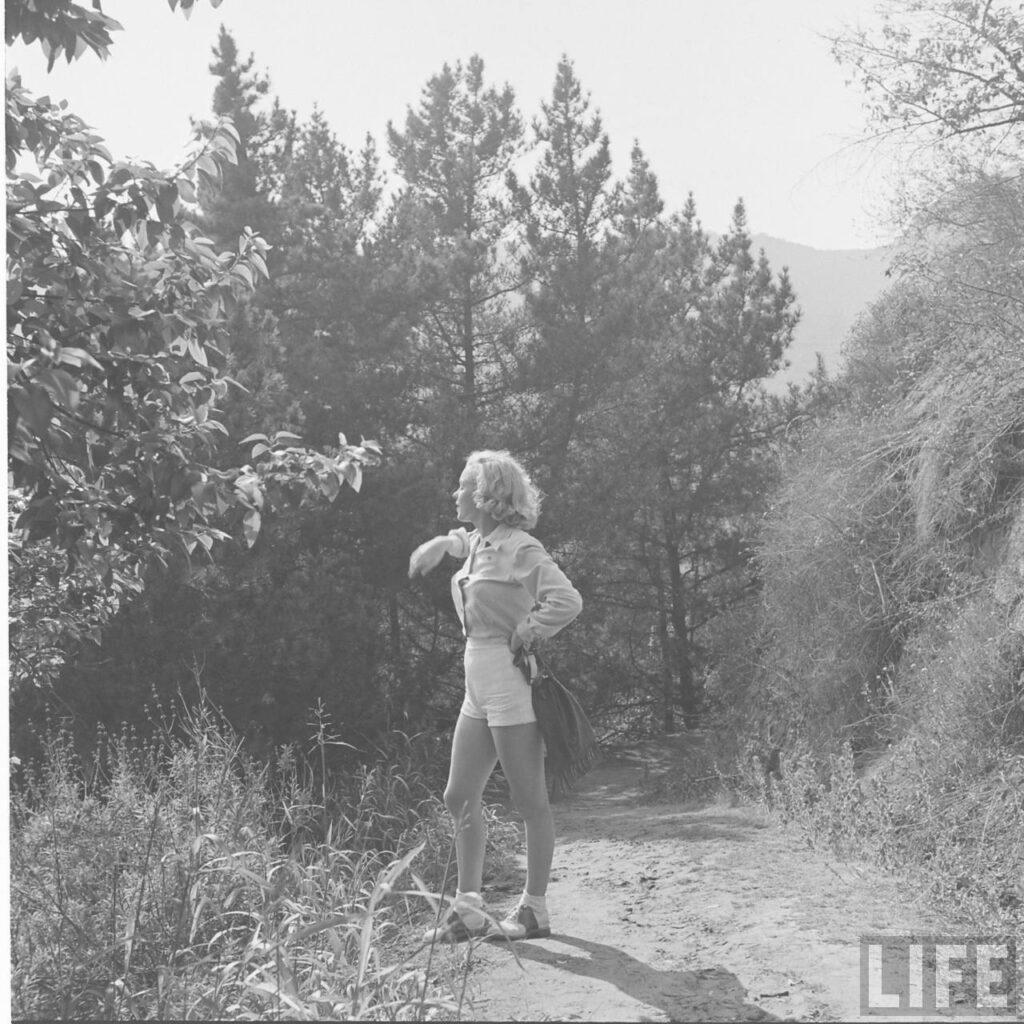
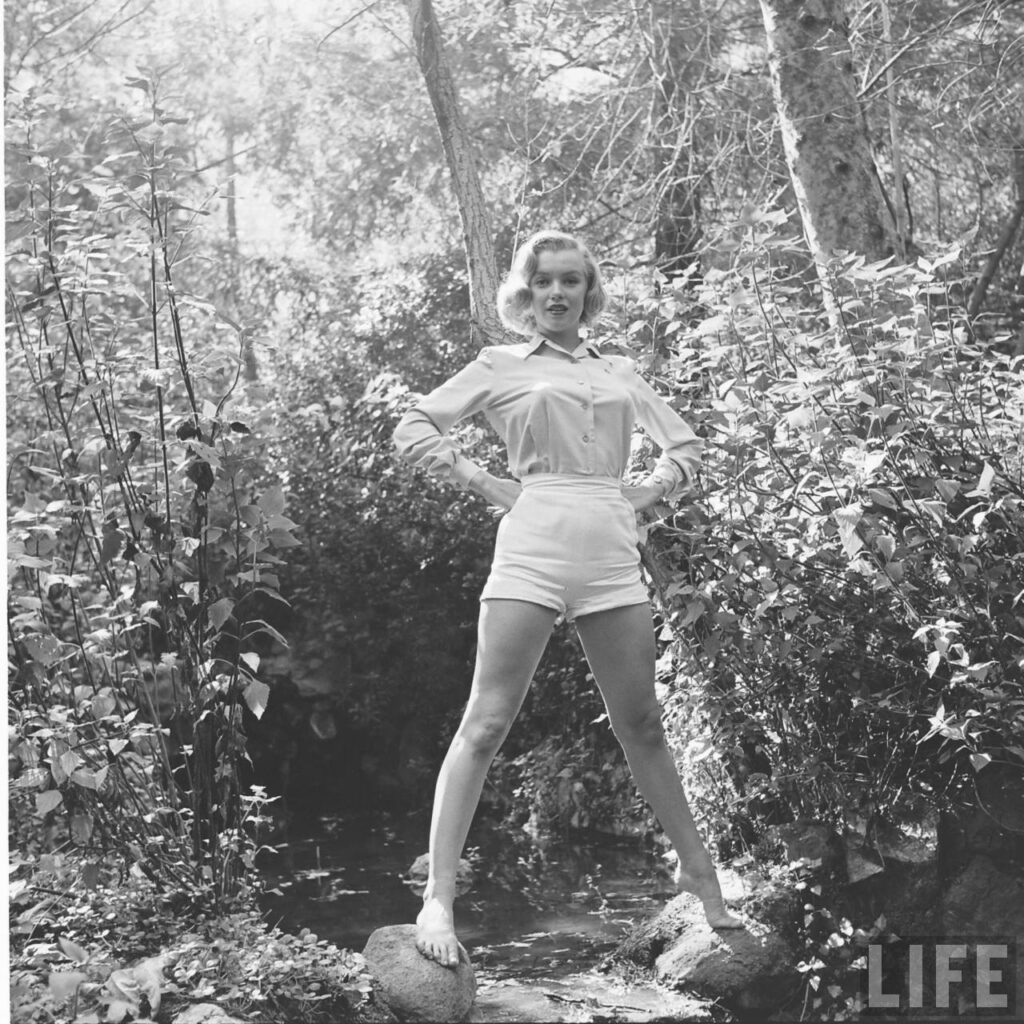
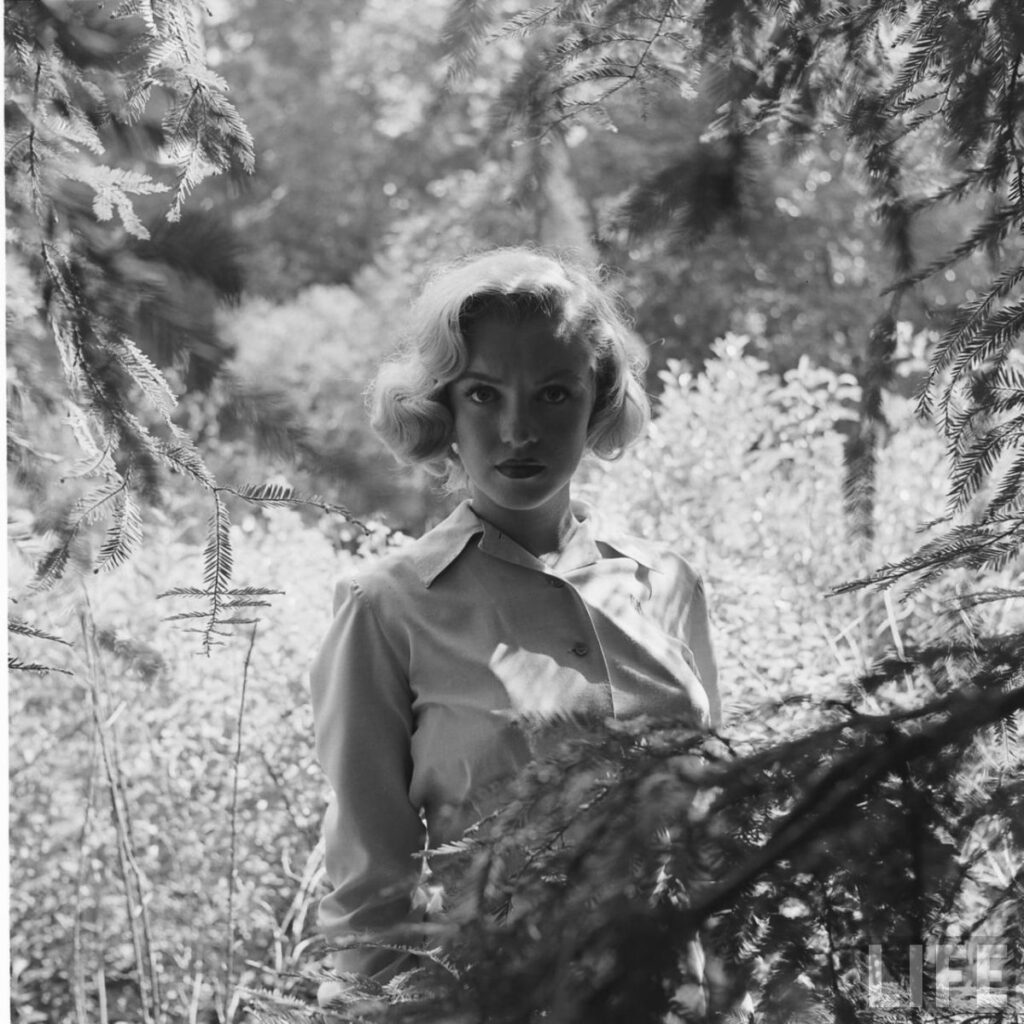
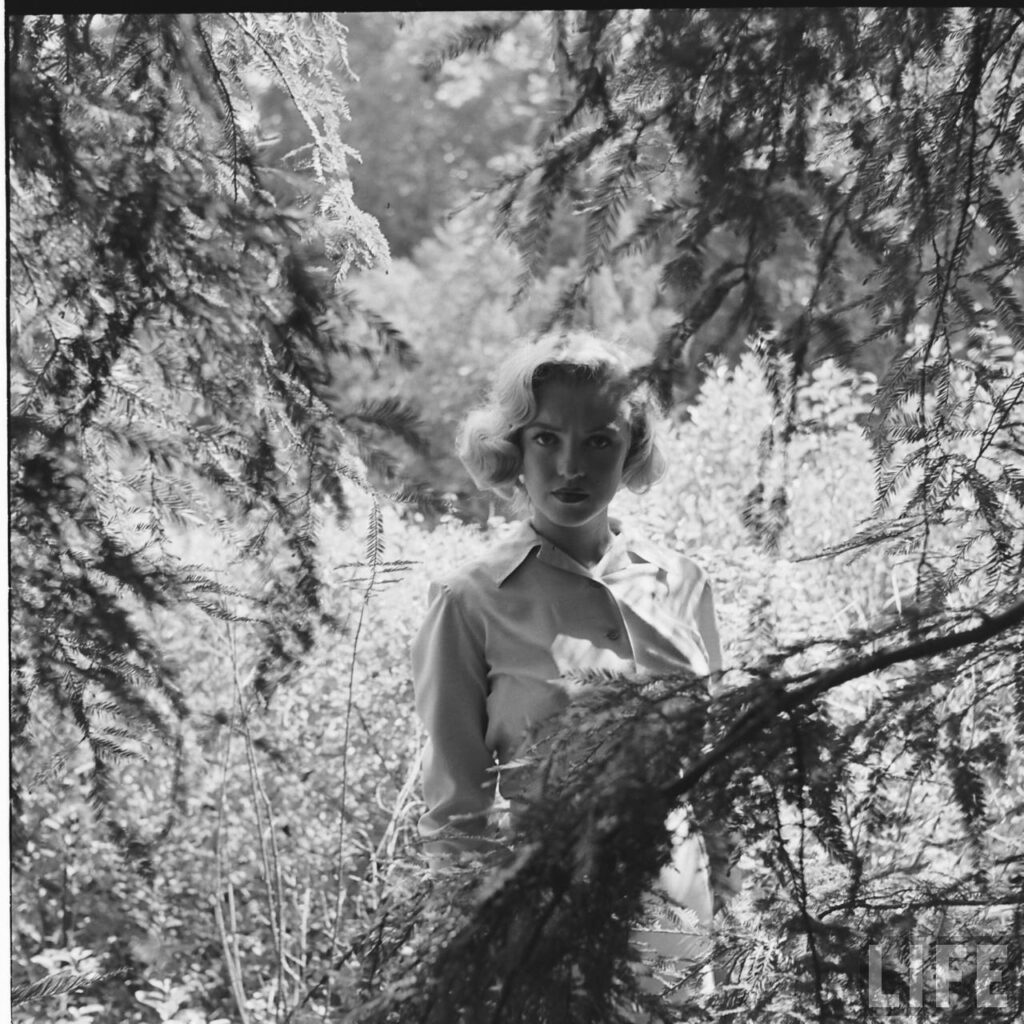
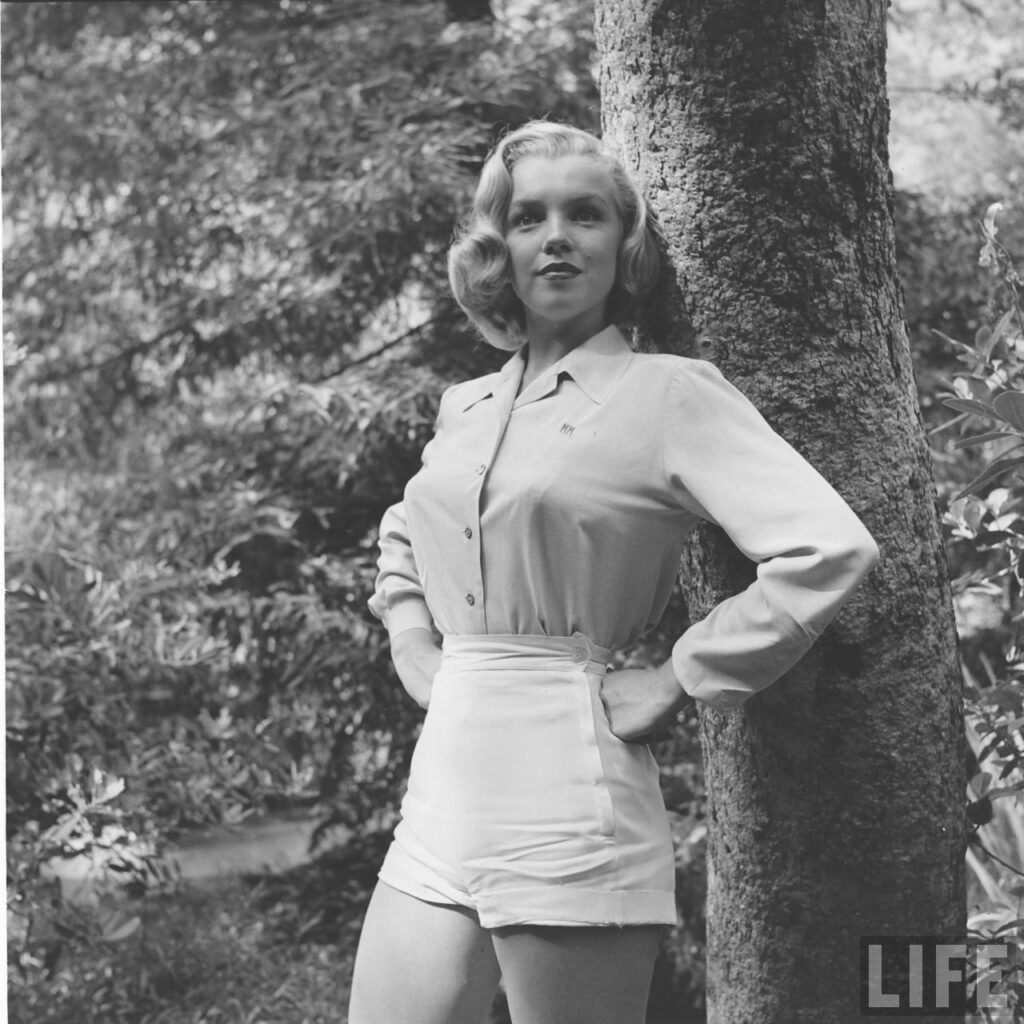
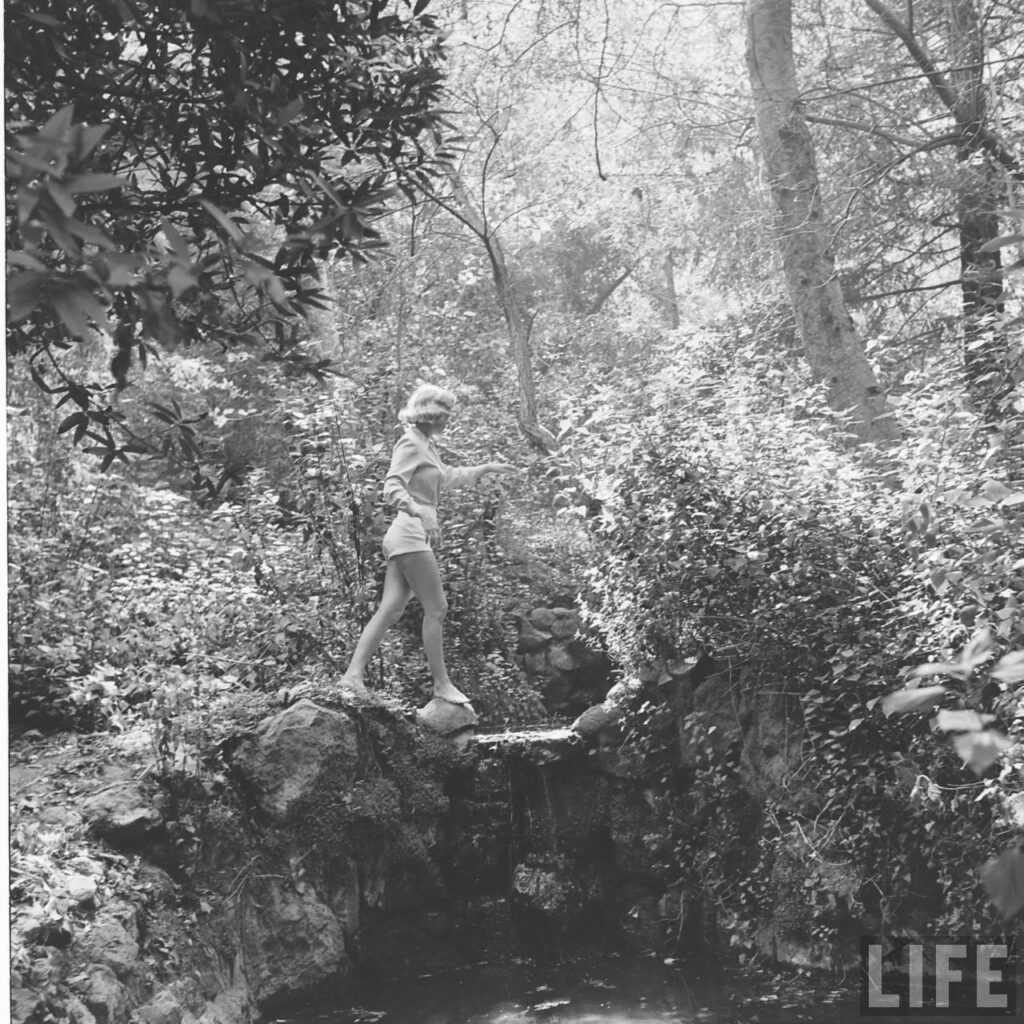

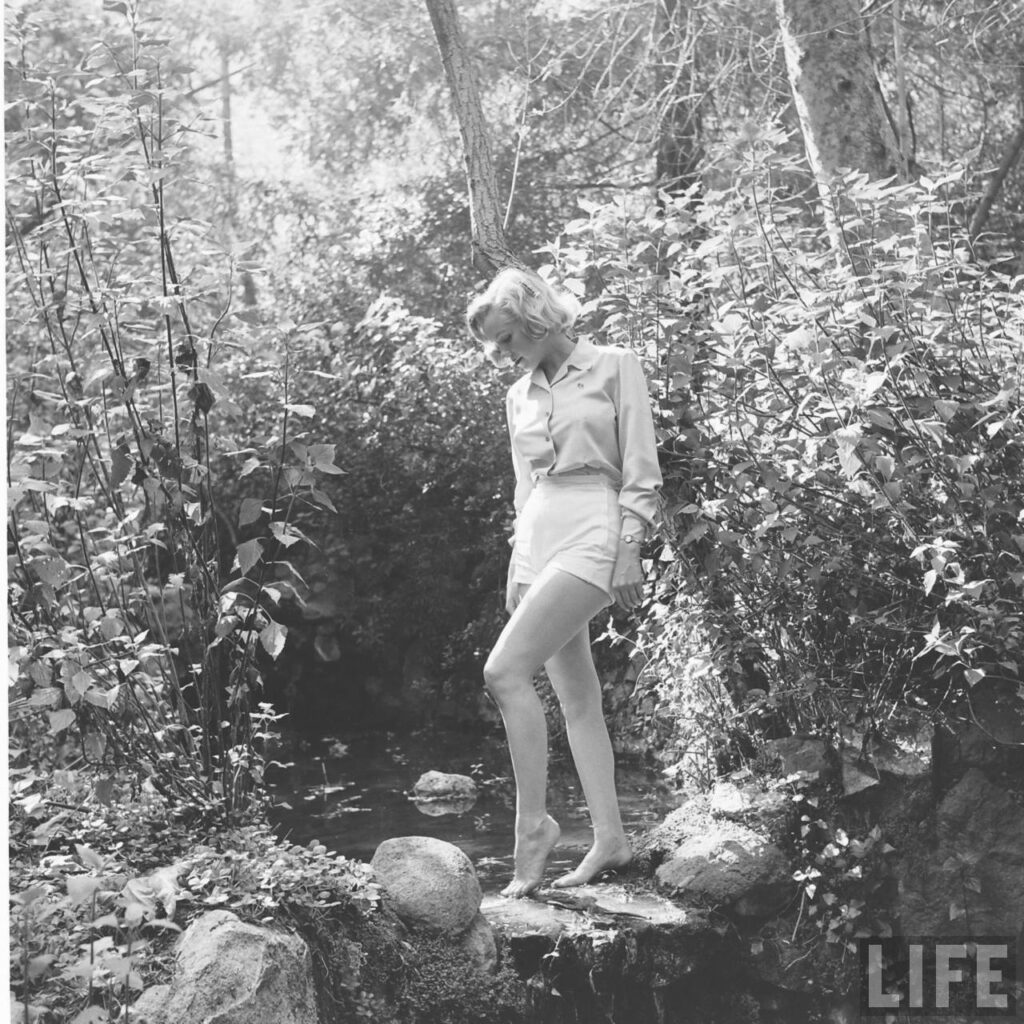
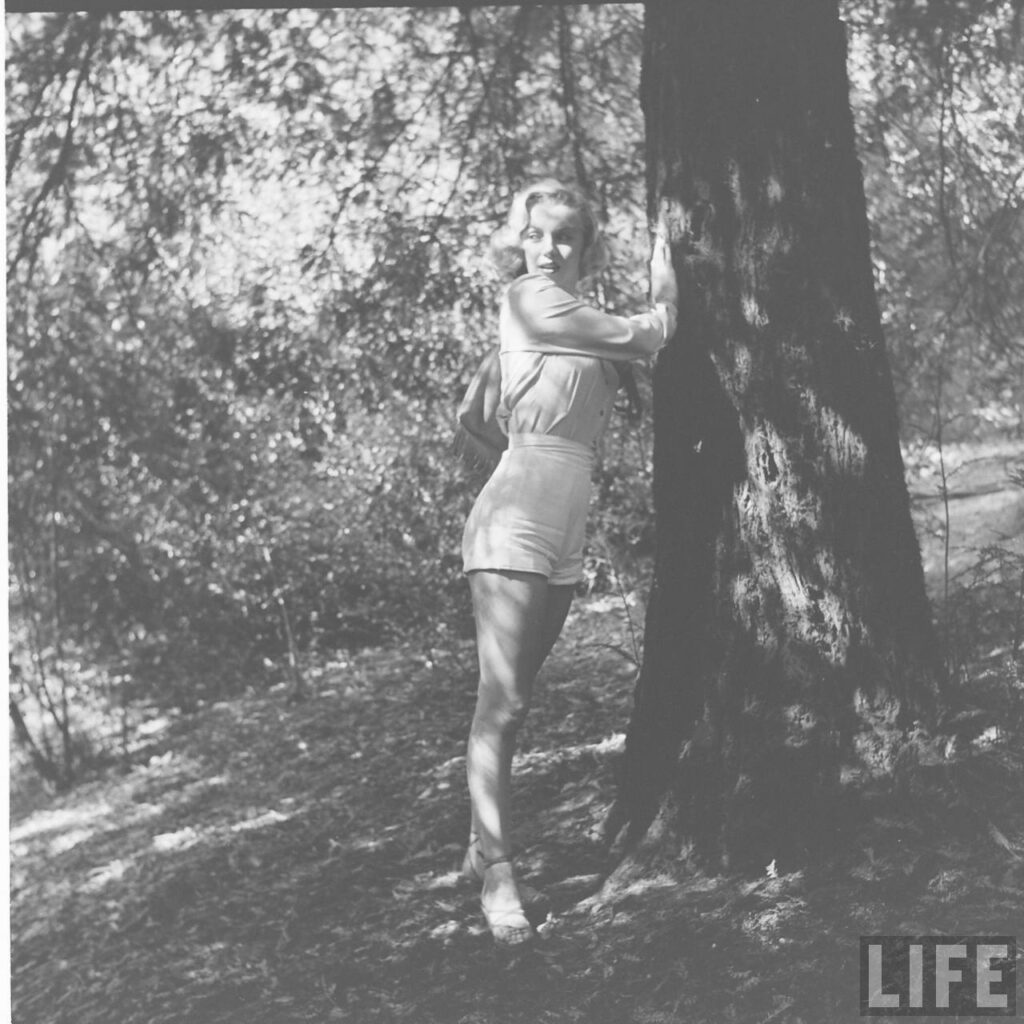
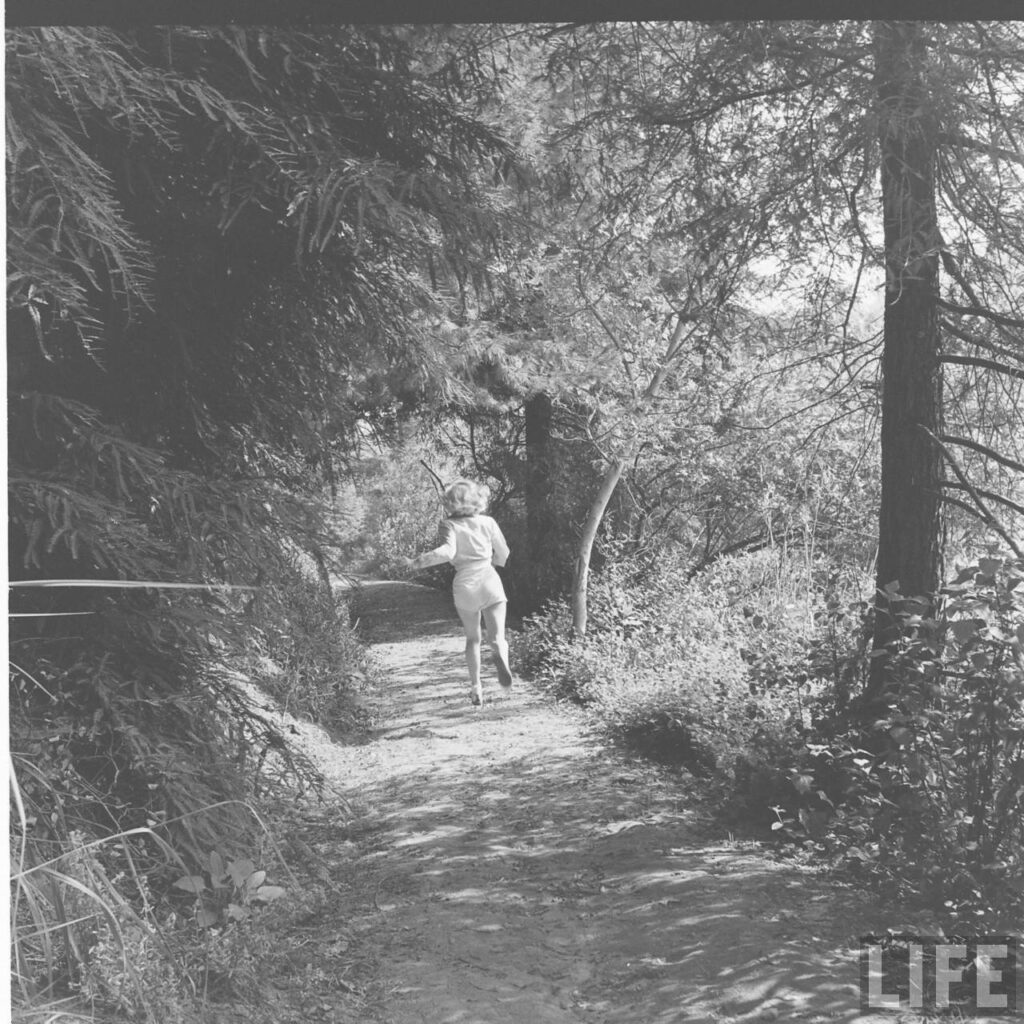
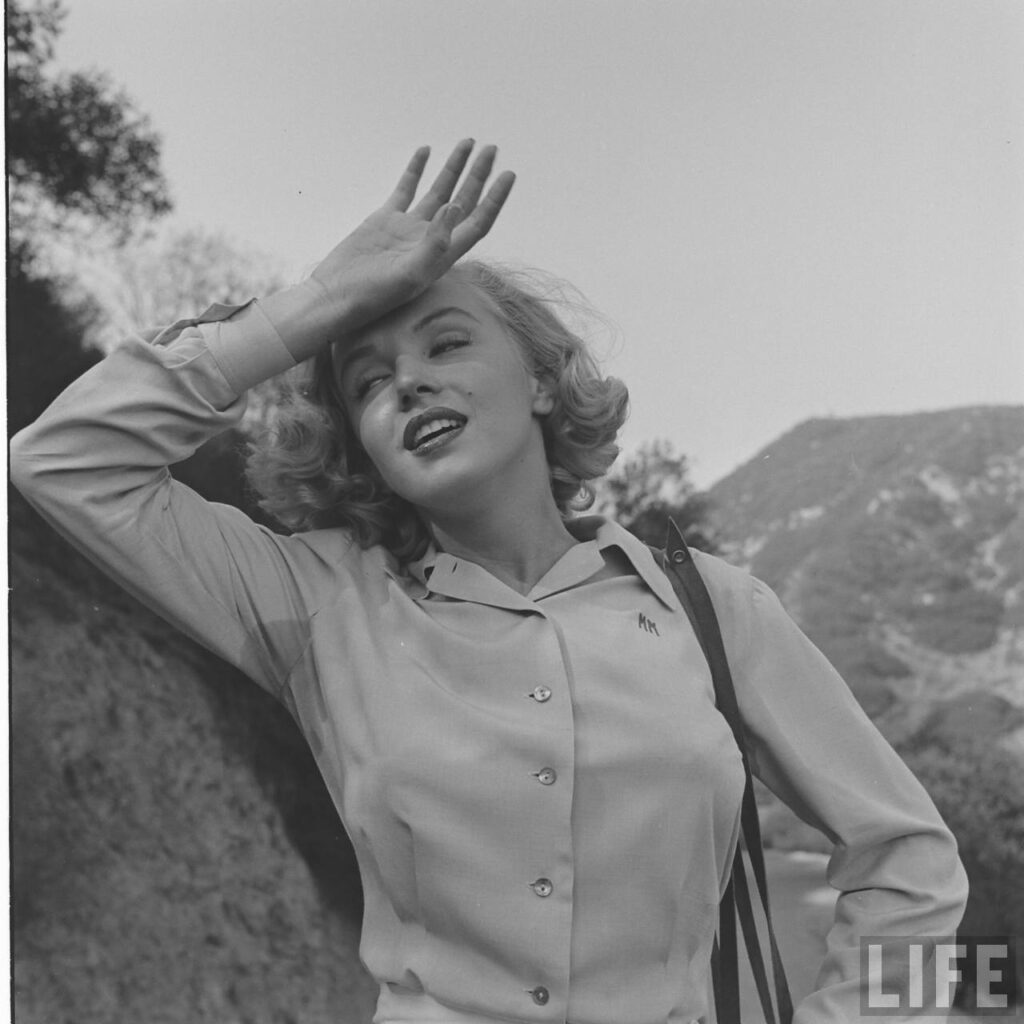
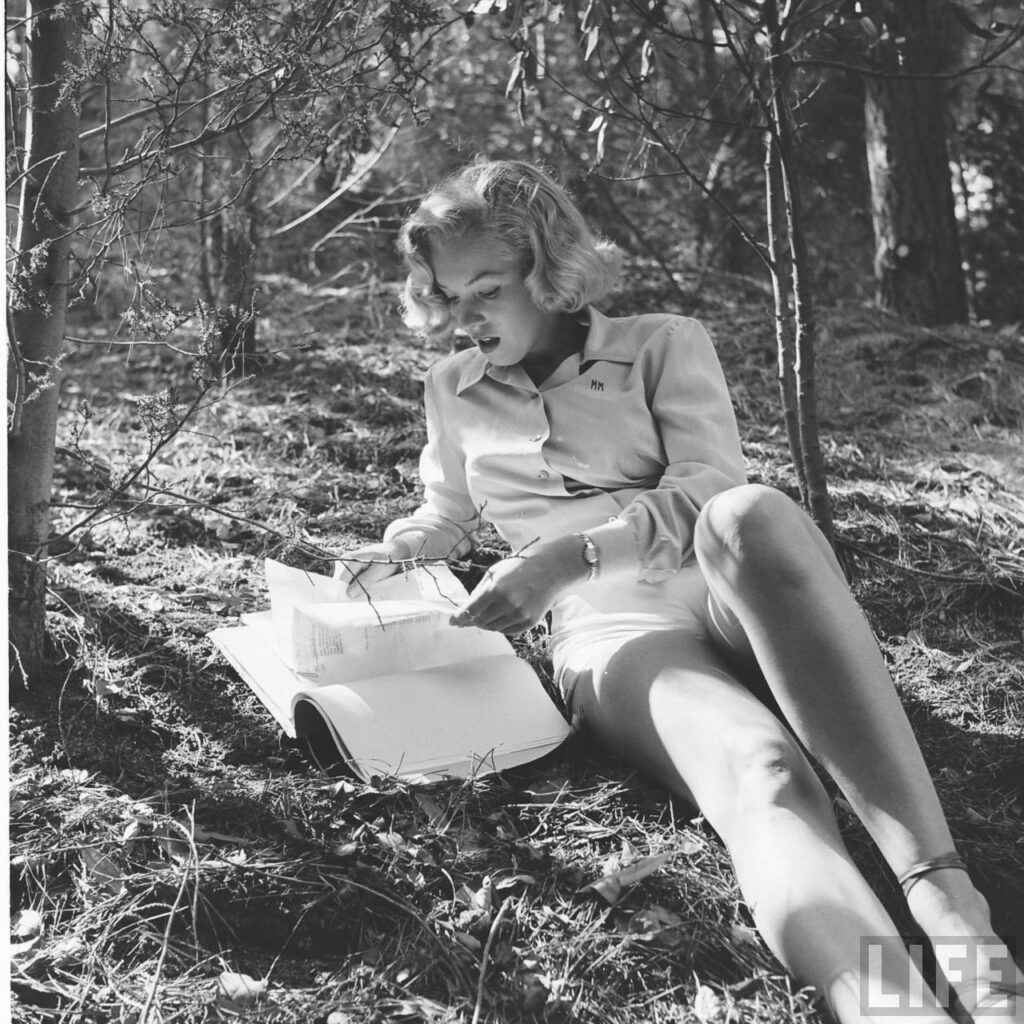
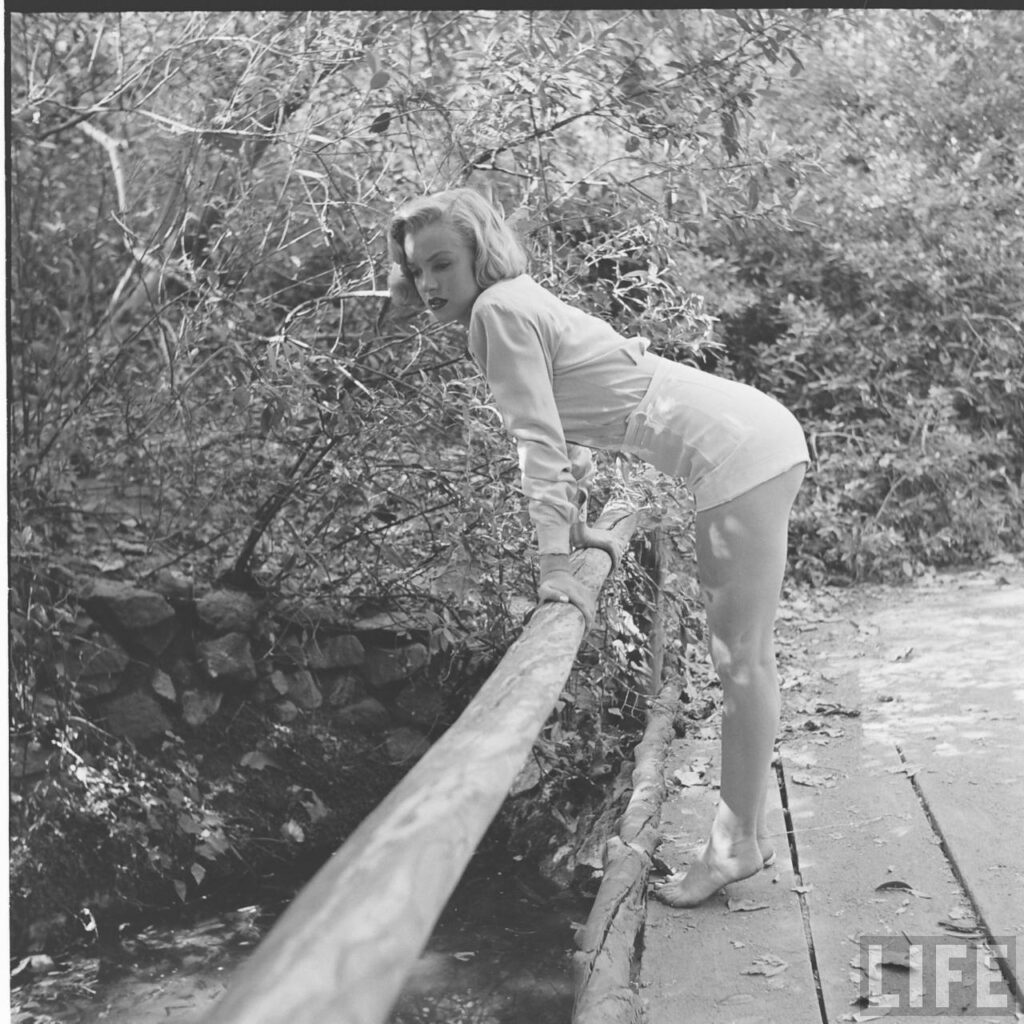

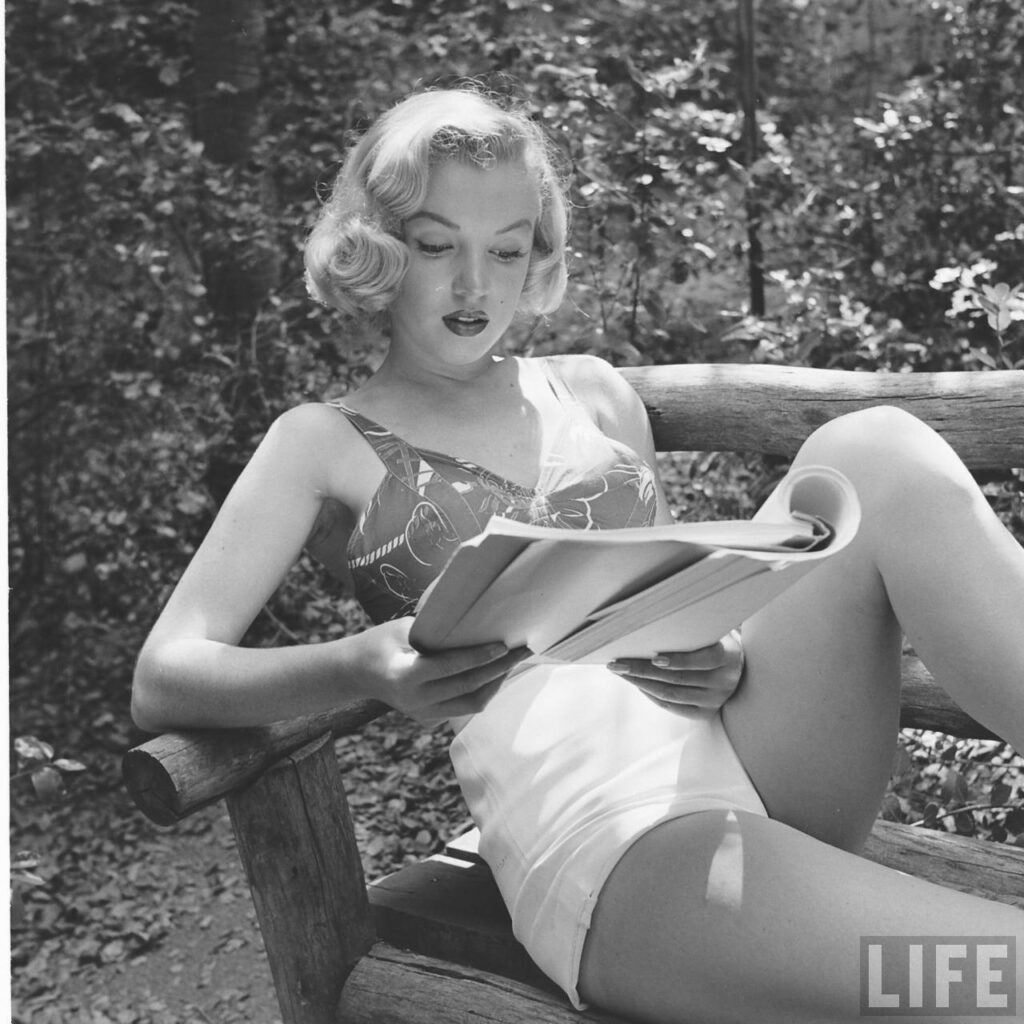
(Photo credit: Ed Clark / The LIFE Picture Collection / Getty Images / Mashable / Wikimedia Commons)


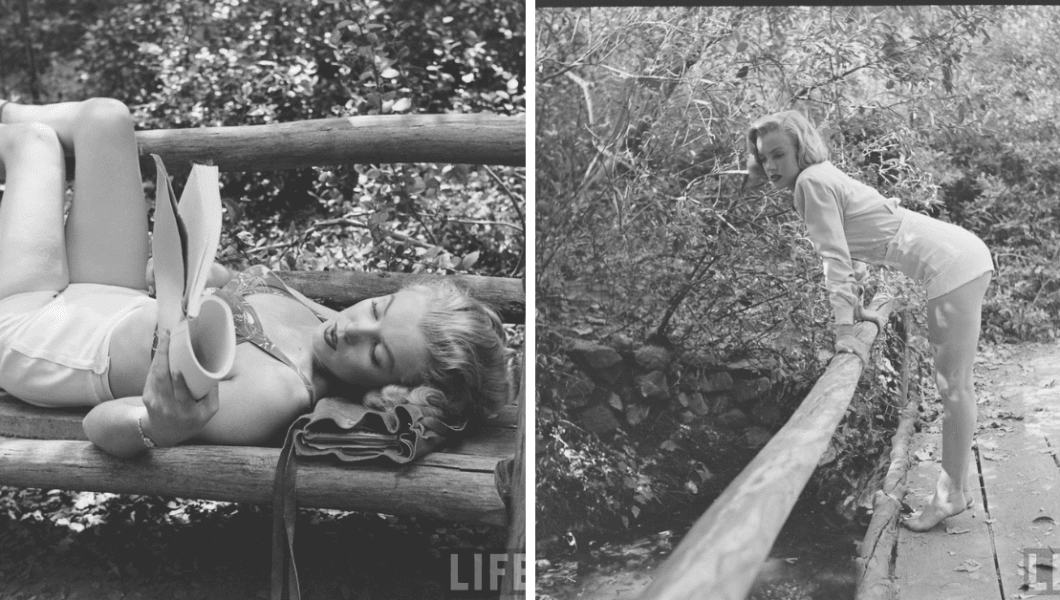
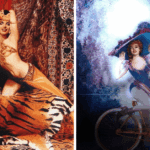

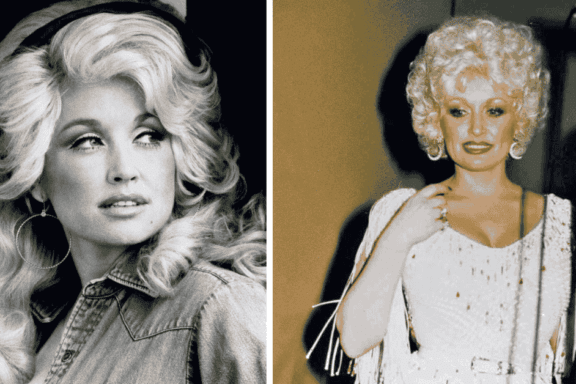


No Comments